Home>diy>Building & Construction>What Is A Veneer In Construction
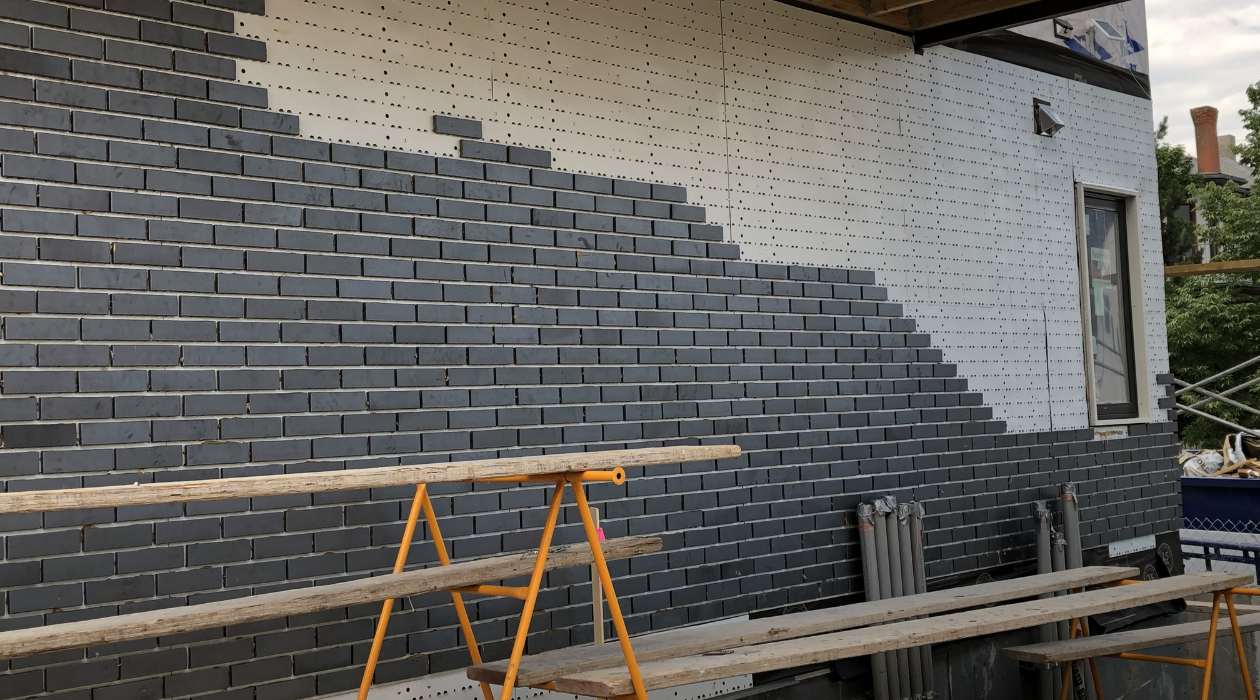

Building & Construction
What Is A Veneer In Construction
Modified: December 7, 2023
Discover what a veneer is in building construction and how it adds a beautiful and durable layer to enhance the appearance and protection of your structures.
(Many of the links in this article redirect to a specific reviewed product. Your purchase of these products through affiliate links helps to generate commission for Storables.com, at no extra cost. Learn more)
Introduction
Welcome to the world of construction, where every detail matters and every decision plays a crucial role in achieving the desired outcome. When it comes to building construction, one term that often comes up is “veneer.” Whether you’re a homeowner, contractor, or a DIY enthusiast, understanding what veneer is and its role in construction can greatly impact your project’s success.
Veneer in construction refers to a thin layer of material that is applied to the surface of a structure, typically for decorative purposes. It is a versatile and commonly used technique to enhance the aesthetic appeal of buildings, both interior and exterior. Veneer can be crafted from various materials, including stone, brick, wood, or even concrete, providing endless design possibilities.
Not only does veneer add visual appeal, but it also serves functional purposes, such as improving insulation, protecting underlying structures, and increasing durability. With its many benefits, veneer has become a popular choice among architects, builders, and homeowners alike.
In this article, we will delve deeper into the world of veneer in construction. We will explore the different types of veneer, its varied uses, the advantages and disadvantages, the installation process, maintenance and care tips, and the associated costs. So, whether you’re considering using veneer for your dream home or simply curious about its applications, read on to discover the fascinating world of veneer in construction.
Key Takeaways:
- Veneer in construction offers a cost-effective way to enhance building aesthetics, providing design flexibility, durability, and insulation benefits. It’s a versatile solution for achieving various architectural styles and personalized spaces.
- Understanding the types, uses, installation process, and maintenance of veneer is crucial for informed decision-making in construction projects. Careful consideration of costs, quality, and structural requirements ensures successful and visually appealing veneer applications.
Read more: What Is Masonry Veneer Construction
Definition of Veneer in Construction
Veneer in construction refers to a thin decorative covering, typically made of materials like stone, brick, wood, or concrete, that is applied to the surface of a building or structure. Unlike solid materials, veneer is meant to enhance the appearance of the structure rather than providing structural support.
The primary purpose of veneer is to create an aesthetically pleasing facade that mimics the look of more expensive or rare materials. It allows builders to achieve a desired architectural style or design without the cost and weight associated with using solid materials throughout the entire structure.
Veneer can be applied to both interior and exterior surfaces, making it a versatile option for various construction projects. It can be used on walls, columns, fireplaces, and other architectural elements to add texture, color, and visual interest to the overall design.
When it comes to the construction of veneer, there are generally two types: natural veneer and manufactured veneer. Natural veneer is made from real stone or wood, which is carefully selected, cut, and processed to create thin slices or panels. Manufactured veneer, on the other hand, is created using synthetic materials that are designed to replicate the appearance of natural materials. This can include materials such as engineered stone or concrete that are molded or cast to resemble the desired texture and color.
Regardless of the type of veneer, the installation process involves affixing the thin panels or slices onto a base material, such as plywood or fiberboard, using adhesives or mechanical fasteners. The joints between the veneer panels are carefully filled and finished to create a seamless and cohesive appearance.
Overall, veneer in construction is a cost-effective and visually appealing way to add character and charm to buildings and structures. It allows for a wide range of design possibilities and can significantly enhance the overall aesthetics of a project.
Types of Veneer
Veneer in construction comes in a variety of types, each offering distinct characteristics and design possibilities. The choice of veneer type depends on factors such as desired aesthetics, budget, and project requirements. Let’s explore some common types of veneer:
- Natural Stone Veneer: This type of veneer is made from real stone, such as granite, marble, limestone, or slate. Natural stone veneer offers a timeless and elegant look, showcasing the unique texture and color variations found in natural stone.
- Brick Veneer: Brick veneer is a popular choice for adding a classic and rustic charm to a building’s exterior or interior. It consists of thin brick slices or panels applied to a base material, creating the appearance of a solid brick wall without the weight and cost associated with traditional brick construction.
- Wood Veneer: Wood veneer is crafted from thin slices or sheets of real wood, such as oak, maple, or walnut. It is commonly used to add warmth and natural beauty to interior surfaces, such as cabinetry, furniture, or wall panels. Wood veneer can be stained or finished to achieve a desired color and sheen.
- Concrete Veneer: Concrete veneer, also known as architectural concrete, is a versatile and durable option for both interior and exterior applications. It can be molded or cast to resemble various textures and patterns, providing a contemporary and industrial aesthetic.
- Engineered Stone Veneer: Engineered stone veneer is a manufactured type of veneer that replicates the appearance of natural stone. It is made from a composite material, typically containing a blend of natural stone particles, resins, and pigments. Engineered stone veneer offers greater flexibility in terms of design options and color consistency.
These are just a few examples of the types of veneer available in construction. Other options include metal veneer, glass veneer, and even leather veneer, each bringing its own unique style and characteristics to a project. The wide range of veneer types allows architects and designers to create customized and visually stunning spaces while providing the benefits of cost savings and flexibility in design.
Uses of Veneer in Construction
Veneer in construction serves a variety of purposes, both functional and aesthetic. Its versatility and range of materials make it a popular choice for enhancing the appearance and performance of buildings. Here are some common uses of veneer in construction:
- Exterior Facades: One of the primary uses of veneer is to create visually appealing exterior facades. Veneer can be applied to the exterior walls of a building, giving it an attractive and sophisticated look. It allows architects to achieve specific architectural styles or mimic the appearance of expensive materials like natural stone or brick.
- Interior Walls: Veneer is often used on interior walls to add texture, color, and visual interest. It can transform plain and dull walls into focal points or accent walls. Whether it’s a stone veneer feature wall in a living room or a wood veneer paneling in a restaurant, veneer offers endless design possibilities.
- Fireplace Surrounds: Veneer is commonly used to enhance the look of fireplace surrounds. With options like brick veneer or stone veneer, homeowners can create a beautiful and cozy fireplace area without the expense and weight of traditional materials.
- Columns and Pillars: Veneer can be applied to columns and pillars to give them a more decorative and luxurious appearance. This is often seen in prestigious buildings or high-end residential projects, where the columns are a prominent architectural feature.
- Architectural Accents: Veneer can be used to create architectural accents such as archways, cornices, and decorative moldings. These details add character and elegance to a building’s design, making it stand out in its surroundings.
- Commercial Spaces: Veneer is widely used in commercial spaces, such as hotels, offices, and retail stores, to create a visually appealing and inviting ambiance. Whether it’s a modern concrete veneer in a trendy café or a wood veneer wall in a boutique hotel, veneer adds a touch of sophistication to commercial interiors.
These are just a few examples of the many uses of veneer in construction. The versatility and adaptability of veneer make it a valuable asset for architects, builders, and designers, allowing them to achieve remarkable aesthetics and functionality in their projects.
Advantages of Veneer in Construction
Veneer offers numerous advantages in construction, making it a popular choice among builders, architects, and homeowners. Understanding the benefits of using veneer can help you make informed decisions for your construction project. Here are some advantages of veneer in construction:
- Aesthetics: Veneer allows you to achieve the desired aesthetic appeal of expensive and rare materials without the associated cost. Whether it’s the elegant look of natural stone, the rustic charm of brick, or the warmth of wood, veneer offers a wide range of options to enhance the visual appeal of your building.
- Cost-effective: Veneer is generally more affordable compared to using solid materials throughout the entire construction. It helps reduce construction costs while still delivering the desired appearance. Additionally, veneer requires less maintenance and is more durable in certain cases, saving you money in the long run.
- Lightweight: Veneer is lightweight compared to traditional construction materials such as solid stone or brick. This makes it easier to handle and transport, and it places less stress on the building’s structure. The reduced weight also allows for more design flexibility and potential cost savings on foundations and structural support.
- Design Flexibility: Veneer offers endless design possibilities, allowing architects and designers to create unique and customized spaces. With a wide range of veneer types, colors, textures, and patterns, it becomes easier to achieve specific architectural styles or match existing decor. Veneer can be easily cut, shaped, and installed, giving you flexibility in realizing your design vision.
- Installation Efficiency: Installing veneer is generally faster and more efficient compared to traditional construction methods. Since veneer is applied as a thin layer over a base material, it requires less time and effort for installation. This can help expedite the construction process and reduce overall project timelines.
- Durability: Veneer is designed to withstand the elements and the test of time. It offers good resistance against fading, cracking, and warping, making it a durable choice for both interior and exterior applications. Veneer can also provide added protection to the underlying structure from moisture and other environmental factors.
These advantages make veneer a compelling option in construction projects. They enable you to achieve the desired aesthetics, functionality, and cost-efficiency, while also offering design flexibility and ease of installation. With these benefits, it’s no wonder that veneer is a popular choice for enhancing the beauty and value of buildings.
When using veneer in construction, ensure that the substrate is properly prepared and the veneer is installed with the appropriate adhesive to ensure a strong and durable bond.
Read more: What Is Stone Veneer Siding
Disadvantages of Veneer in Construction
While there are numerous advantages to using veneer in construction, it’s important to consider the potential disadvantages as well. Understanding these drawbacks can help you make informed decisions and plan accordingly for your construction project. Here are some of the common disadvantages of veneer:
- Not Load-Bearing: Veneer is not meant to provide structural support to the building. It is purely a decorative layer applied over a base material. This means that it cannot bear any significant weight or structural loads. Proper structural support must be in place to ensure the stability and safety of the building.
- Potential for Delamination: In cases where the veneer is not installed correctly or if there are issues with adhesion, there is a risk of delamination. Delamination refers to the separation of the veneer from the base material, which can result in aesthetic flaws and compromise the durability of the installation.
- Maintenance Requirements: While veneer is generally low maintenance, certain types of veneer may require periodic care and upkeep. For example, wood veneer may need regular re-staining or sealing to maintain its appearance and protect it from moisture. It’s essential to understand the specific maintenance requirements of the chosen veneer type.
- Weathering and Fading: Over time, some types of veneer may be susceptible to weathering and fading due to exposure to sunlight, moisture, or other environmental factors. Natural veneers like stone or wood may require periodic maintenance to retain their original appearance and prevent discoloration or deterioration.
- Careful Installation: Proper installation of veneer is critical for its long-term performance. It requires skilled craftsmanship to ensure that the veneer is applied evenly, with no gaps or visible joints. Any errors during installation can result in aesthetic flaws and compromise the overall integrity of the finished project.
- Cost Variances: While veneer is generally a cost-effective alternative to using solid materials, the cost can vary based on the specific type of veneer chosen, the project scale, and the complexity of the installation process. It’s important to factor in the cost of materials, labor, and any additional maintenance or repair expenses when considering veneer for your construction project.
Considering these disadvantages, it is prudent to carefully assess the specific requirements and challenges of your construction project before selecting veneer as a design solution. Understanding the limitations and potential drawbacks will help you make an informed decision and ensure a successful veneer installation.
Installation Process of Veneer
The installation process of veneer in construction requires careful planning, precision, and expertise to achieve a seamless and durable finish. Each type of veneer may have slight variations in the installation method, but here is a general overview of the process:
- Surface Preparation: Before installing veneer, the surface should be clean, free of debris, and in good condition. Any loose paint, wallpaper, or other materials should be removed, and the surface should be smooth and level.
- Applying the Base Material: A base material, such as plywood or fiberboard, is installed over the existing surface to provide a stable foundation for the veneer. This base material should be securely attached to the structure, ensuring its stability and load-bearing capacity.
- Preparing the Veneer Panels: Depending on the type of veneer, the panels may need to be cut, shaped, or trimmed to fit the desired area. This can be done using appropriate cutting tools, ensuring precise measurements and clean edges.
- Adhesive or Mechanical Anchoring: The veneer panels are then affixed to the base material using either an adhesive or mechanical anchoring system. Adhesive options can include mortar, thin-set, or specific adhesives formulated for the selected veneer type. Mechanical anchoring may involve using screws, clips, or brackets to secure the veneer in place.
- Creating Joints and Seams: Depending on the desired aesthetic, joints or seams may be required between the veneer panels. These joints should be carefully designed and executed to ensure a seamless appearance. The joints can be filled with mortar, grout, or other appropriate fillers to create a cohesive and uniform surface.
- Finishing and Cleaning: Once the veneer is securely installed, any excess adhesive or mortar should be cleaned off the surface. This can be done using appropriate tools and techniques to avoid damaging the veneer. Finally, the surface may be cleaned and finished to achieve the desired appearance, such as sealing or staining for certain types of veneer.
It’s important to note that the installation process may require specialized skills and knowledge depending on the veneer type and the complexity of the project. It’s advisable to consult with a professional contractor or veneer specialist who can ensure proper installation and provide recommendations based on your specific project requirements.
By following these installation steps and working with experienced professionals, you can achieve a visually stunning veneer application that adds charm and character to your construction project.
Maintenance and Care of Veneer
Proper maintenance and care are essential to ensure the longevity and beauty of veneer in construction. While veneer is generally low maintenance, it’s important to follow a few guidelines to ensure that it remains in optimal condition for years to come. Here are some maintenance and care tips for veneer:
- Cleaning: Regular cleaning is key to keeping veneer looking its best. For most veneer types, mild soap and water are sufficient to clean the surface. Avoid using abrasive cleaners or harsh chemicals, as they can damage the veneer. It’s important to follow the manufacturer’s cleaning instructions specific to the type of veneer.
- Sealing: Some types of veneer may benefit from periodic sealing to protect against moisture, staining, or UV damage. For example, wood veneer may require occasional reapplication of a sealant or varnish to maintain its appearance and protect against water damage. Consult the manufacturer’s recommendations or seek professional advice regarding appropriate sealants for your specific veneer type.
- Avoiding Impact and Scratches: While veneer is relatively durable, it can be susceptible to impact and scratches. Take care to avoid hitting or forcefully dragging objects on the veneer surface. Use protective pads or coasters under heavy items to prevent damage. Consider using floor protectors on furniture legs to avoid scratching the veneer floor.
- Preventing Moisture Damage: Moisture can be a concern, particularly for natural or engineered wood veneer. Wipe up spills promptly and avoid exposing the veneer to excessive moisture or humidity. Use appropriate ventilation and moisture control methods in areas where veneer is installed, such as bathrooms or kitchens.
- Regular Inspection: Periodically inspect the veneer for any signs of damage, such as cracks, delamination, or discoloration. Address any issues promptly to prevent further damage and ensure the longevity of the veneer. If you notice any structural concerns or abnormalities, consult a professional contractor for assessment and repairs.
- Professional Maintenance: In some cases, it may be beneficial to seek professional maintenance and care services for veneer, particularly for larger or complex installations. Professional technicians can provide deep cleaning, resealing, or repairs that are tailored to the specific veneer type and its requirements.
By following these maintenance and care tips, you can extend the lifespan and beauty of your veneer. It’s important to recognize that different veneer types may have specific maintenance requirements, so it’s always advisable to consult the manufacturer’s guidelines or seek professional advice for the best care practices for your specific veneer.
Cost of Veneer in Construction
The cost of veneer in construction can vary depending on several factors, including the type of veneer, the size of the project, the complexity of the installation, and the chosen material quality. It’s important to understand these cost considerations when planning a construction project that involves veneer. Here are some factors that can impact the cost of veneer:
- Veneer Type: The type of veneer chosen has a significant impact on the overall cost. Natural stone veneer tends to be more expensive compared to manufactured veneers made from concrete or engineered materials. Exotic or rare wood veneers may also come with a higher price tag compared to more common wood species.
- Veneer Quality: The quality of the veneer material can affect the cost. High-quality veneer materials, whether natural or manufactured, often come at a premium price due to their superior durability, appearance, and performance. Lower quality veneers may be more affordable, but they may have limitations in terms of aesthetics and longevity.
- Project Scale and Complexity: The size and complexity of the construction project impact the cost of veneer. Larger projects may require more materials and labor, leading to higher costs. The intricacy of the design or installation process, such as curved surfaces, intricate patterns, or customized detailing, can also increase the overall cost.
- Installation Method: The chosen installation method can affect the cost of veneer. Mechanically anchored veneers, which require additional clips, brackets, or fasteners, may be more expensive compared to adhesive-based installation methods. Additionally, if specialized equipment or techniques are needed for installation, it may add to the overall cost.
- Additional Materials and Labor: There may be additional materials and labor costs associated with veneer installation. This can include the cost of the base material, such as plywood or fiberboard, as well as the cost of adhesives, sealants, grout, or other necessary supplies. Labor costs can vary depending on the experience and expertise of the installation crew.
It’s important to obtain detailed quotes from reputable suppliers and contractors to accurately estimate the cost of veneer for your specific project. Consider consulting with multiple professionals to compare prices and ensure that the proposed costs align with your budget and desired quality standards.
While veneer can offer cost savings compared to using solid materials, it’s crucial to factor in the long-term benefits and maintenance costs. Investing in high-quality veneers and proper installation can result in greater durability, aesthetics, and overall value for your construction project.
Read more: What Is Brick Veneer Made Of
Conclusion
Veneer in construction is a versatile and popular technique that offers a range of benefits for enhancing the aesthetics and functionality of buildings. Whether you’re aiming to achieve a specific architectural style, mimic the appearance of expensive materials, or simply add visual interest to your space, veneer can be a valuable solution.
Throughout this article, we explored the various aspects of veneer in construction. We started by understanding the definition of veneer and its role as a thin decorative covering applied to surfaces. We then delved into the different types of veneer, including natural stone, brick, wood, concrete, and engineered materials, each providing unique design possibilities.
We also explored the numerous uses of veneer in construction, such as enhancing exterior facades, creating interior walls, adding accents to columns and pillars, and transforming commercial spaces. Veneer offers the flexibility to achieve various architectural styles and personalize the appearance of any building or structure.
While there are many advantages to using veneer, we must also consider the potential drawbacks. Factors such as maintenance requirements, careful installation, and the need for proper structural support should be taken into account when utilizing veneer in construction projects.
The installation process of veneer requires meticulous planning, precise application, and skilled craftsmanship. Following the recommended maintenance and care guidelines will help ensure the durability and appearance of the veneer over time. Regular cleaning, sealing when necessary, and inspecting for any signs of damage are essential practices to maintain the integrity of the veneer.
Last but not least, the cost of veneer in construction varies based on factors such as the type of veneer, project scale, installation method, and chosen material quality. Considering these cost considerations and obtaining detailed quotes from suppliers and contractors will help in developing an accurate budget for your veneer project.
In conclusion, veneer in construction offers an array of design options, cost savings, and durability when applied and maintained correctly. It serves as an effective way to achieve the desired aesthetic appeal while providing functional benefits. By understanding the different types of veneer, their uses, advantages, and disadvantages, you can make informed decisions and create visually stunning spaces that stand the test of time.
Frequently Asked Questions about What Is A Veneer In Construction
Was this page helpful?
At Storables.com, we guarantee accurate and reliable information. Our content, validated by Expert Board Contributors, is crafted following stringent Editorial Policies. We're committed to providing you with well-researched, expert-backed insights for all your informational needs.
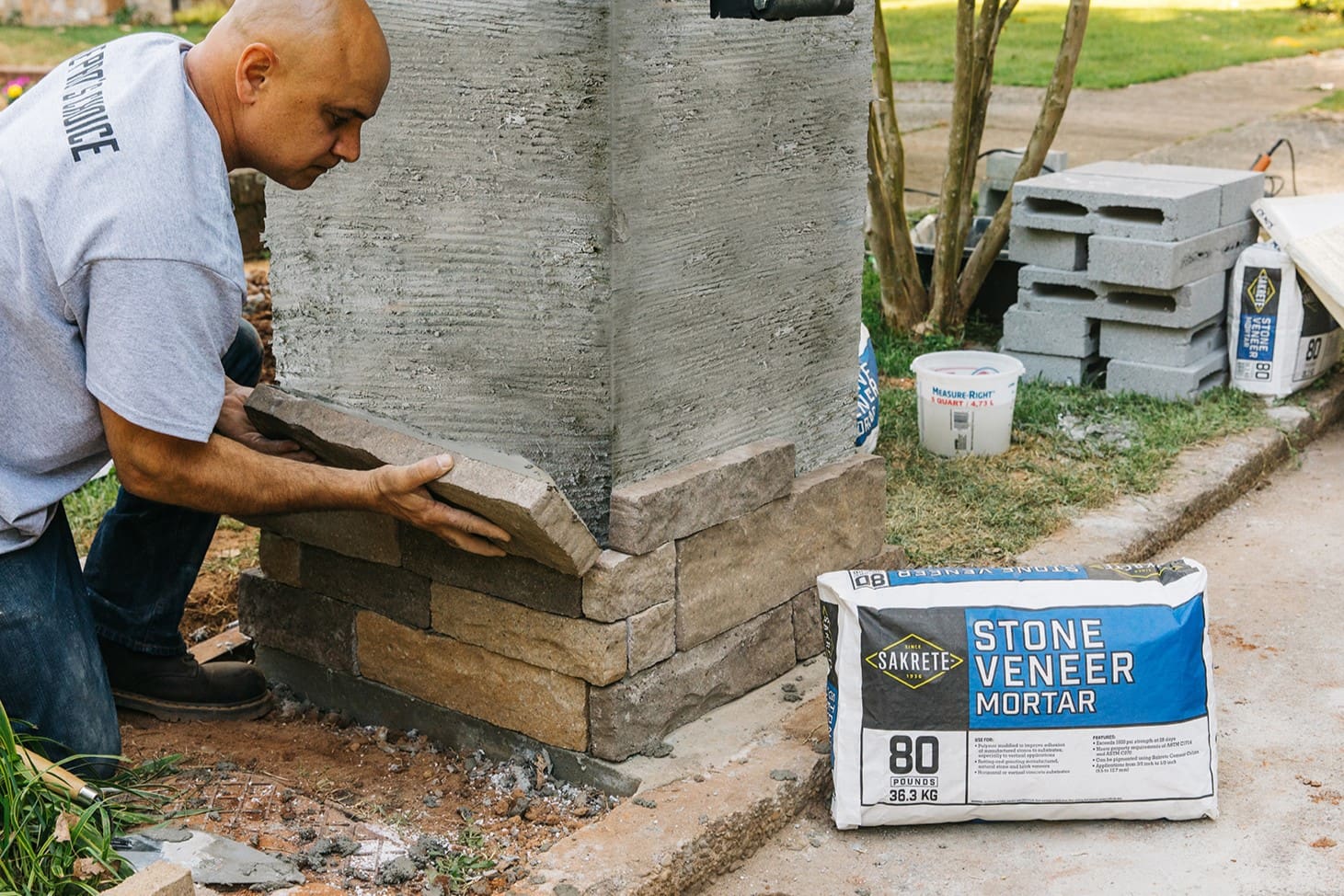
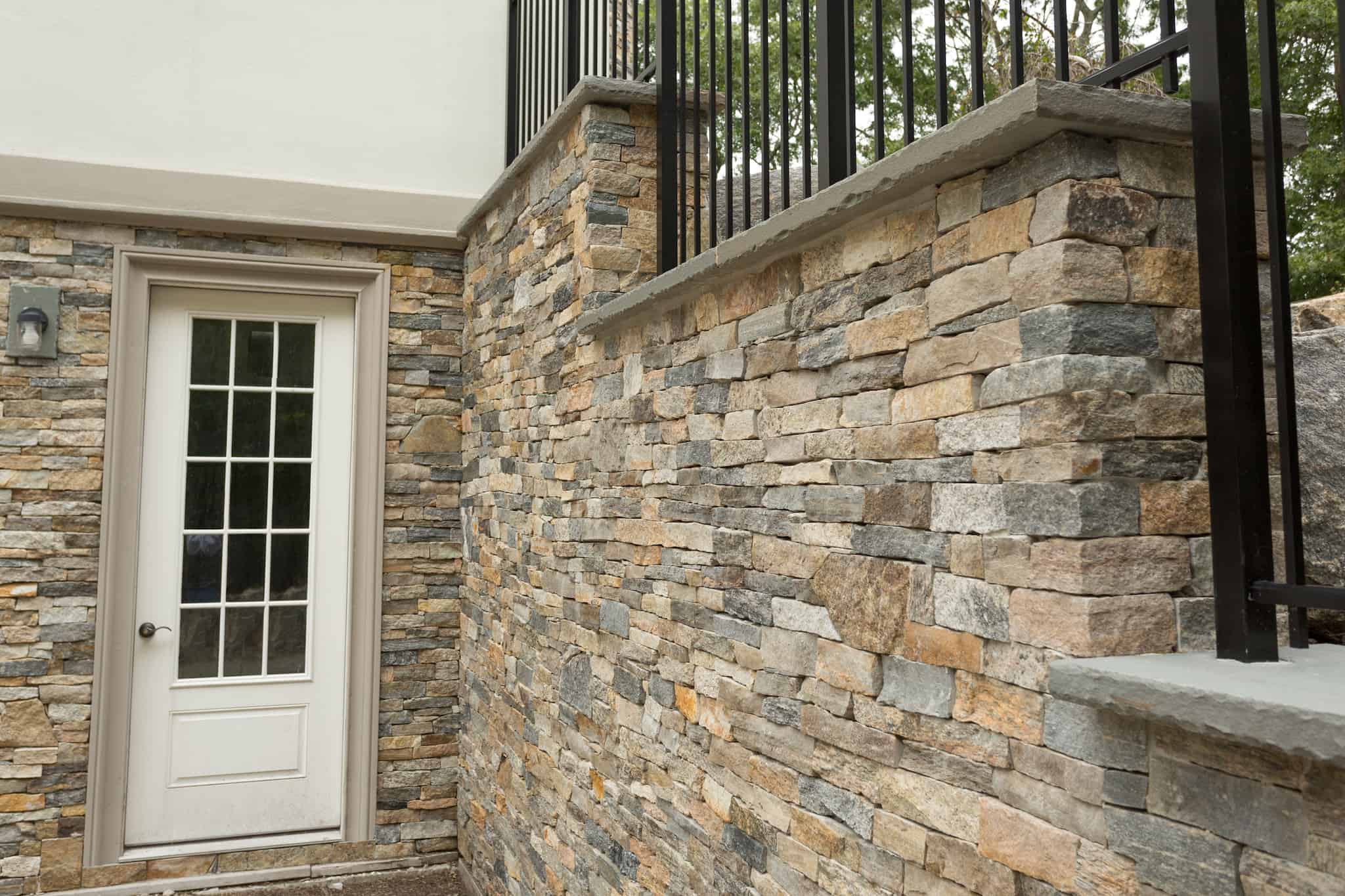
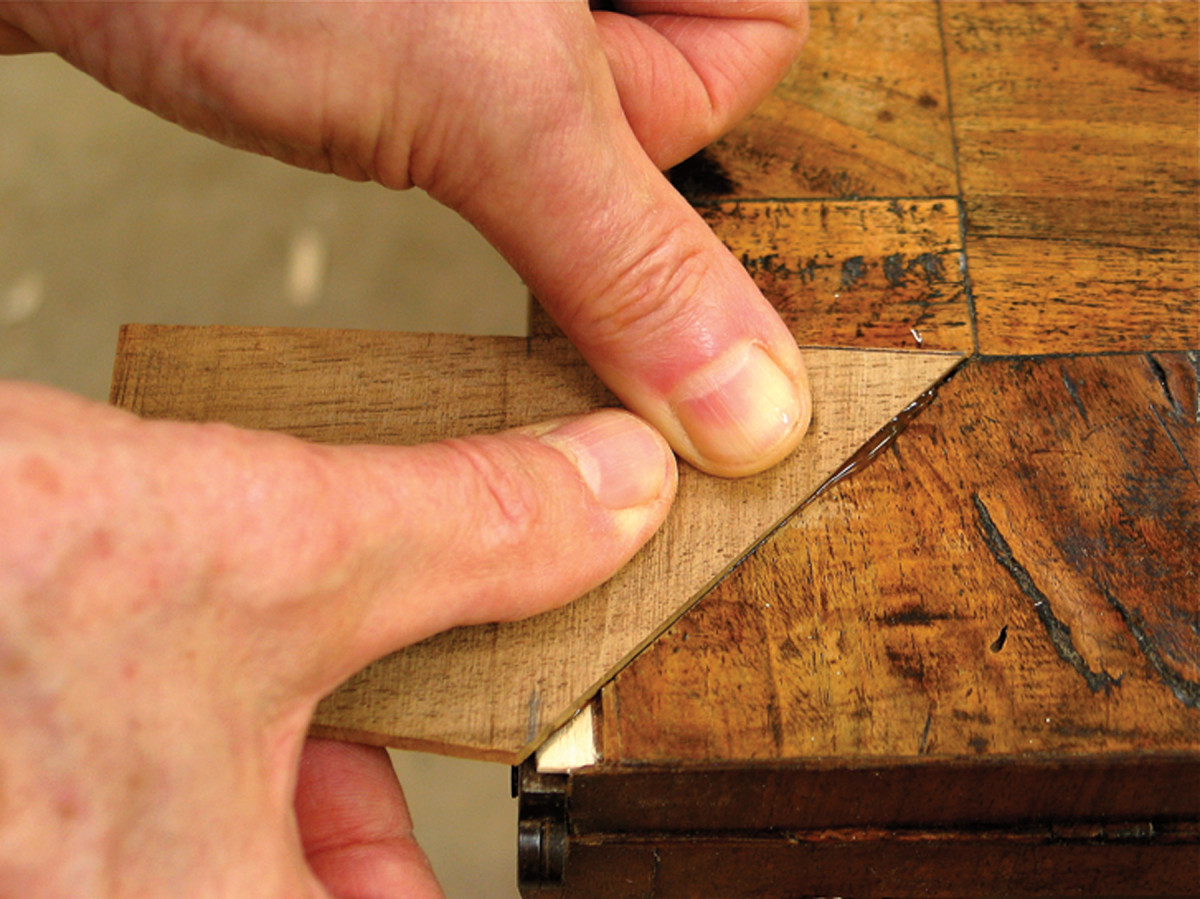
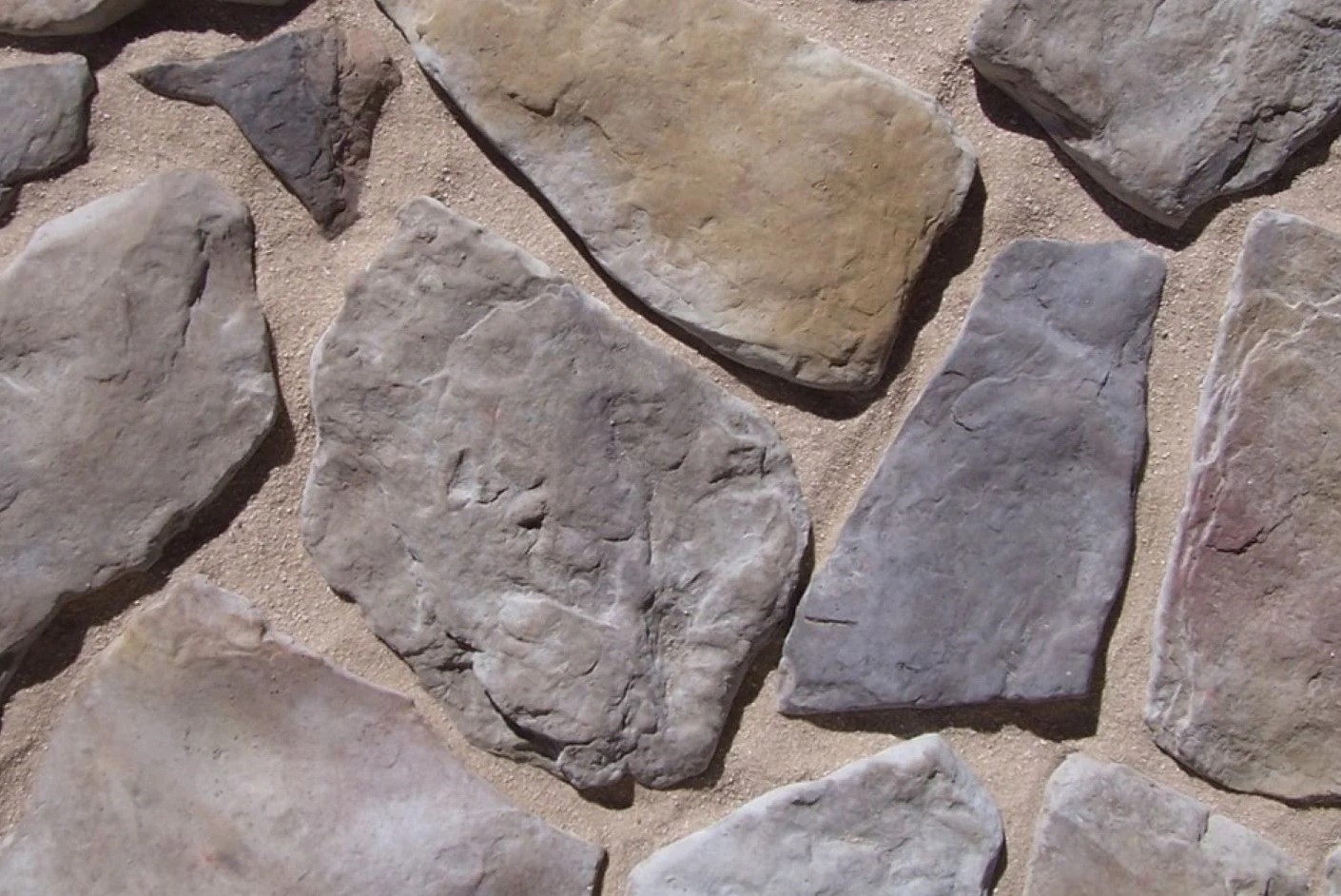

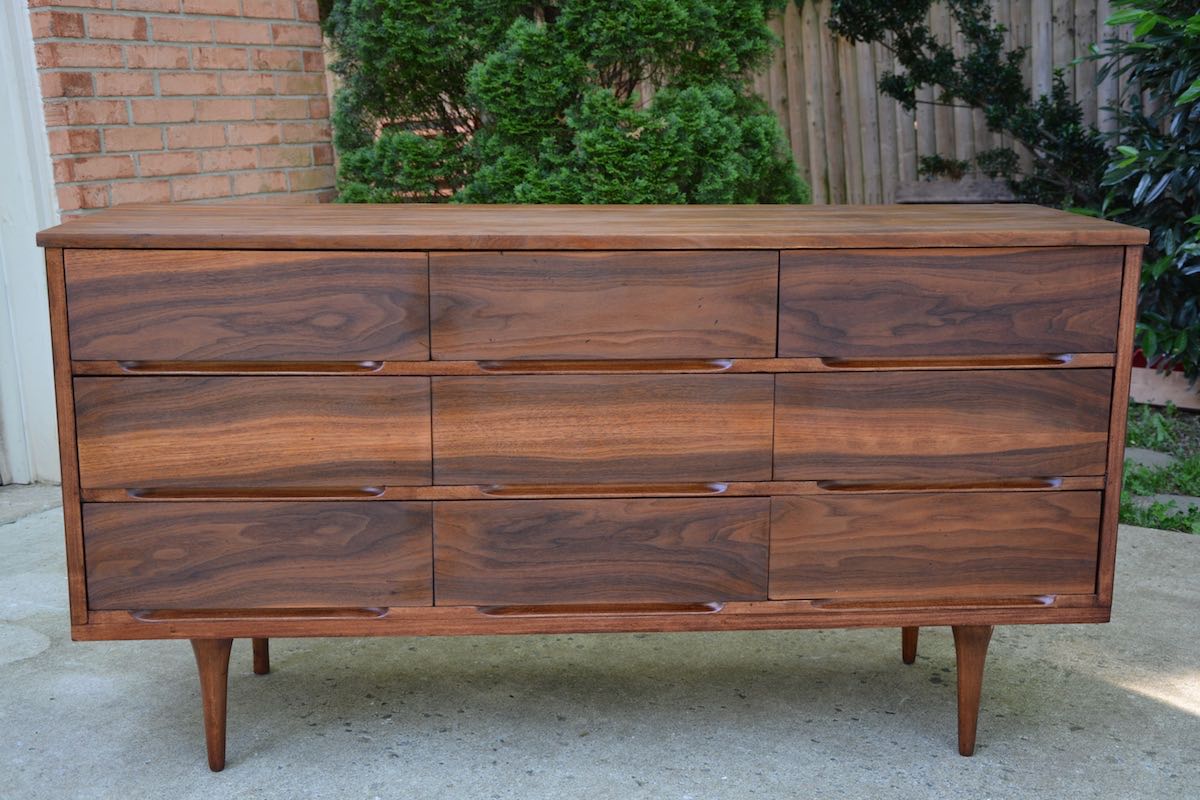
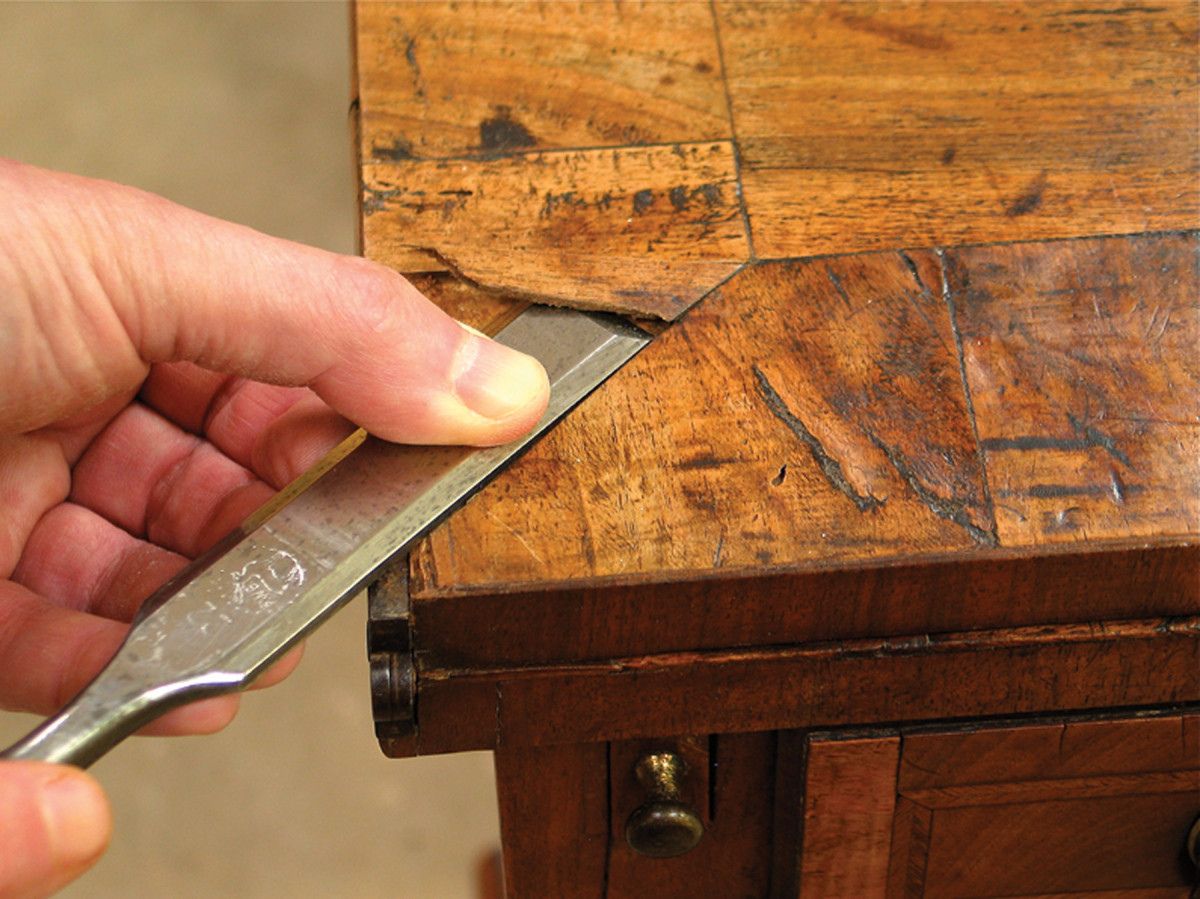
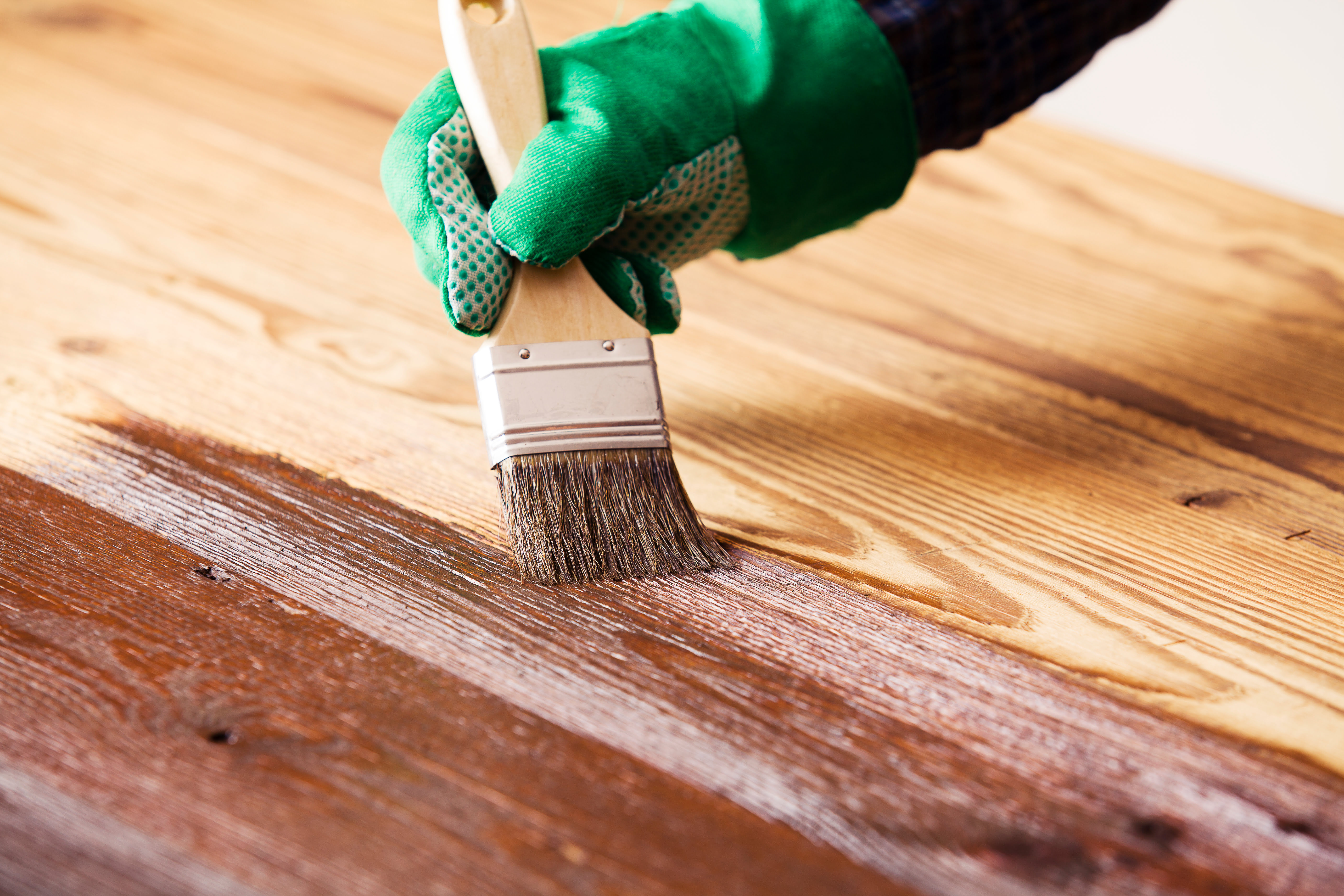
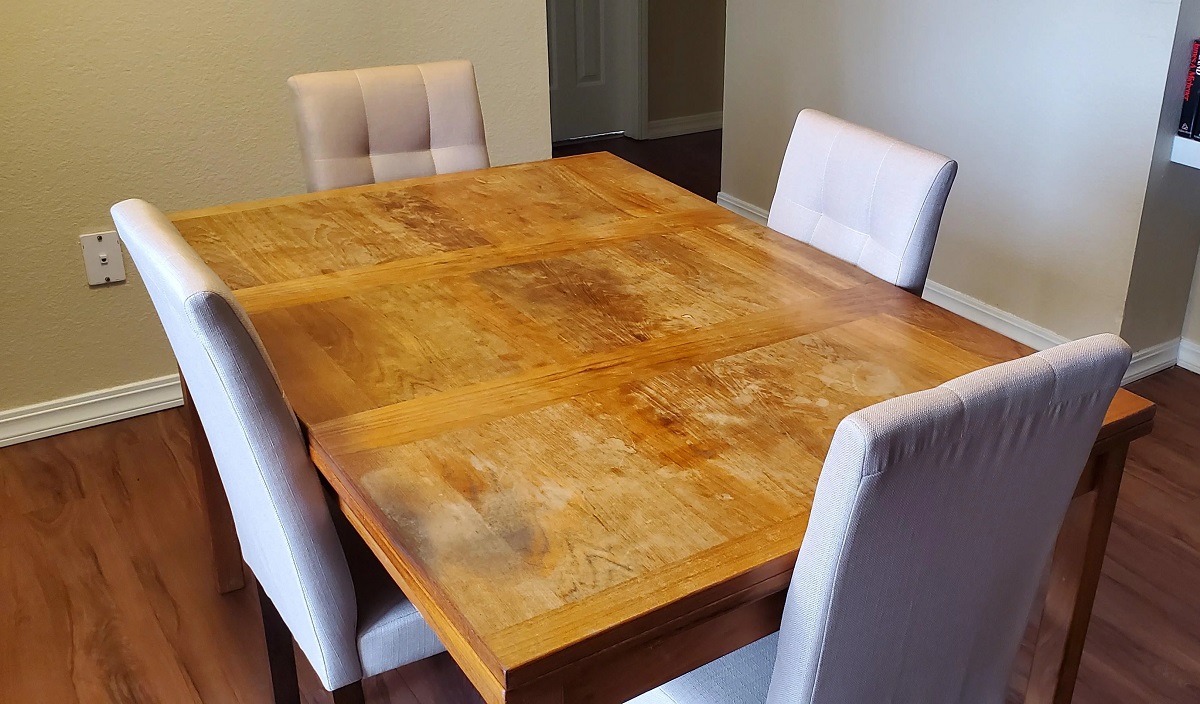
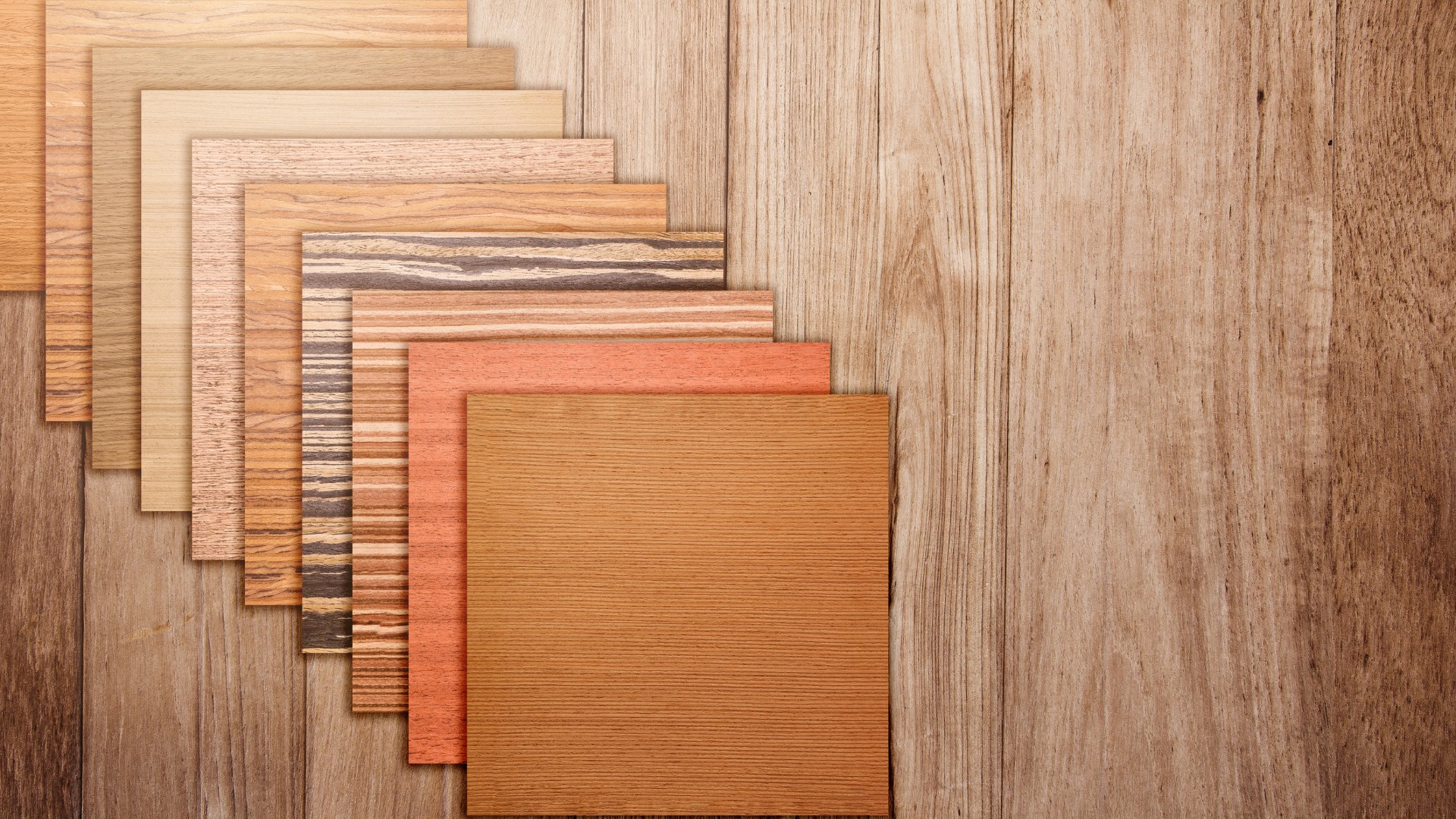
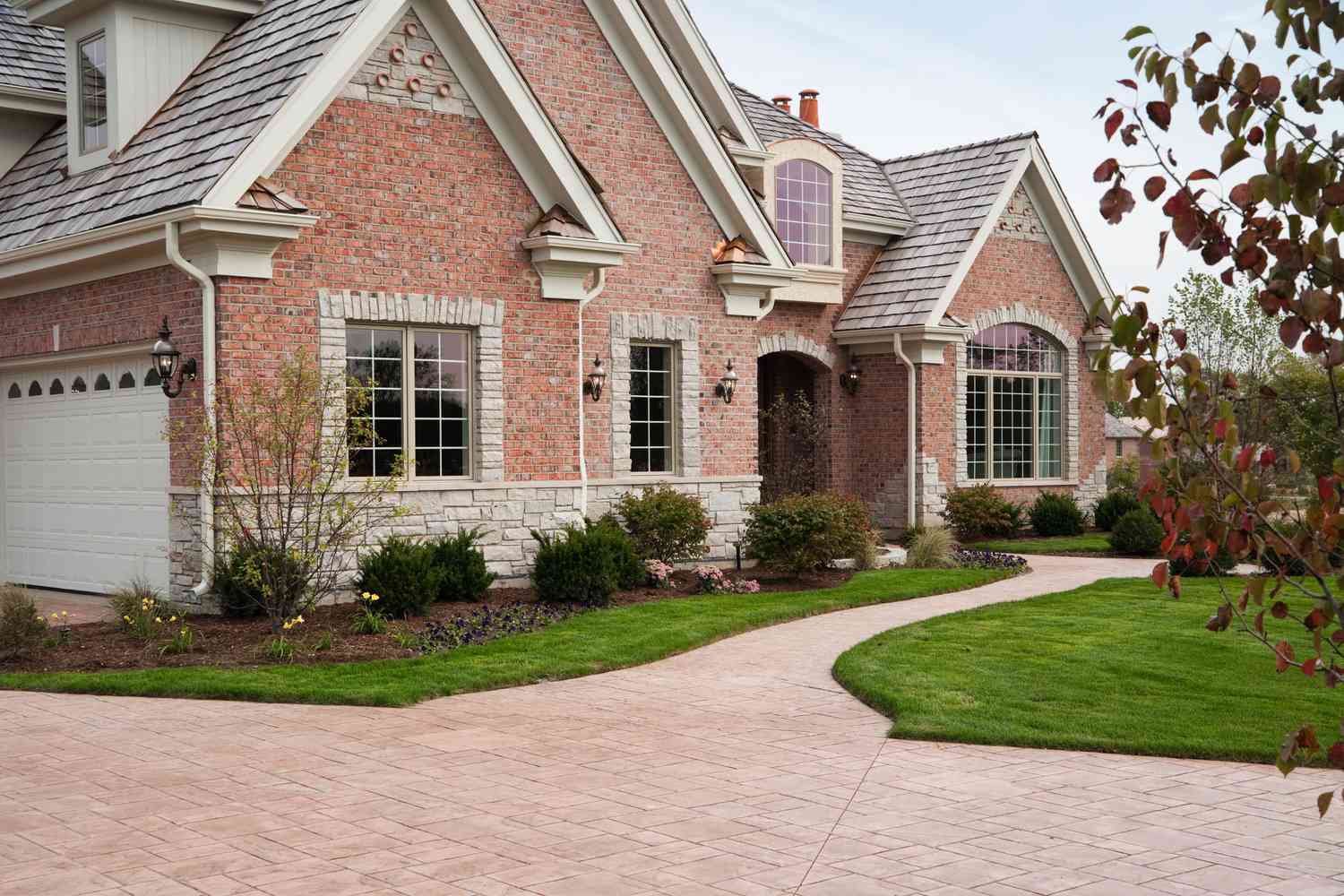
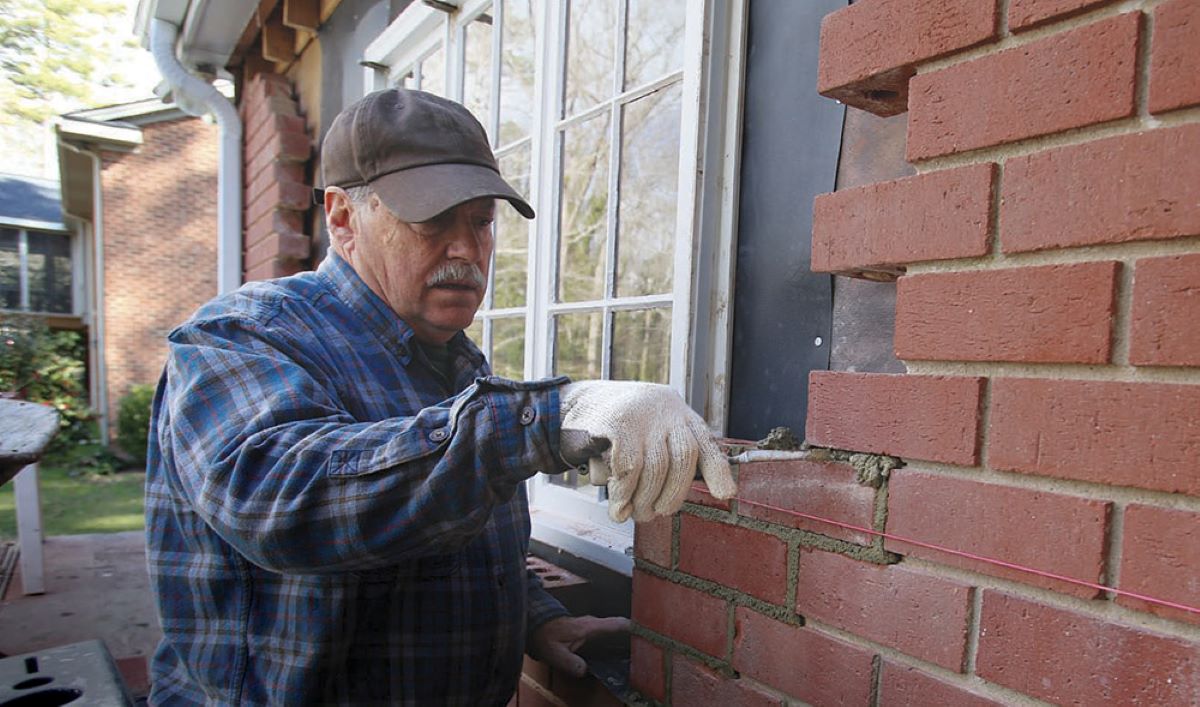


0 thoughts on “What Is A Veneer In Construction”